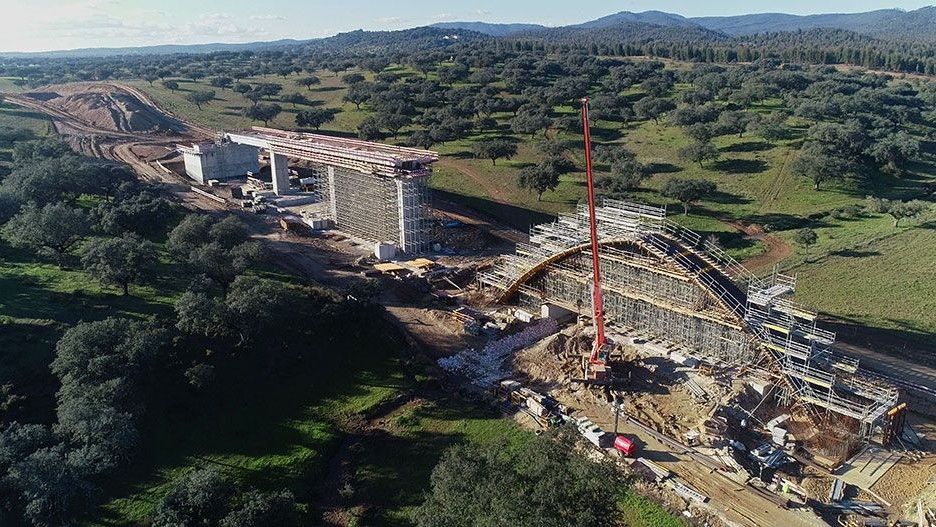I don’t know why, but if I am ever a passenger in a car going somewhere new, even here in Portugal, the driver gaily passes me their phone (or GPS device) and expects me to work it out.
We are usually about three kilometres into the journey before I realise we should have taken the last exit, or I am insisting the driver takes the next right, despite a notice clearly saying ‘No Entry’. It’s also likely that I have forgotten to hit the ‘start journey’ button, and confidently sit there, pondering why the arrow isn’t moving. Oh, I have such faith that ’the voice’ will tell me where I went wrong. I am flummoxed when ’the voice’ tells me to: ‘drive east for 5 kilometres’ - how the heck am I supposed to know where east is, unless the sun has just risen?
Do Map Readers have a name?
I suppose one who reads maps is technically called The Navigator, or is it just a Map-Reader? A cartographer is the person who creates maps, whether they’re of the world, the local bus route, or buried treasure. It stems from the Latin word charta-, which means ‘tablet or leaf of paper,’ and the Greek word graphein, meaning to write or draw. These days, a cartographer doesn’t have to work on paper–it's all computerised as part of GPS software – more of that in a minute.
Paper Maps
For me, paper maps are worse – as my terrible sense of direction has me grappling with a sheet of paper the size of a large stiff tablecloth, then inevitably the bit I need to see is worn away from constant folding, and I shriek ‘the maps are wrong!’ when the road disappears, a bit like an ancient explorer thinking he will sail over the edge of a flat world.
I struggle with ones that are posted on the walls of pubs sometimes, where I cast my eye over some vintage picture of the area, that marks nearby towns and rivers with little symbols for castles or footpaths, or groups of trees to signify a forest. I don’t have a clue where I am unless someone has thoughtfully marked an ‘X’ and ‘you are here’ on the annotation.
Now to GPS
GPS stands for ‘Global Positioning System’, and it’s all to do with satellites spinning round the globe. As I understand it, these satellites circle the Earth twice a day in a precise orbit, and apparently each satellite transmits a unique signal and orbital parameters that allow GPS devices to decode and work out precise locations. GPS receivers use this information and trilateration to calculate your exact location. Essentially, the GPS receiver measures the distance to each satellite by the amount of time it takes to receive a transmitted signal. Cleverly, it can determine a user's position and display it electronically to measure your running route, map a golf course, or help you find your way home.

GPS is apparently a free service, with no set-up fees or charges, and is paid for by the United States taxpayers (thanks, guys). Actually, GPS has two levels of service: Standard Positioning Service, available free worldwide, and Precise Positioning Service, which is restricted to U.S. armed forces and federal agencies and to selected allies. Apparently, GPS is a constellation of 24 satellites that can now tell everyone where he or she is in the world, with the initial constellation costing $12 billion to put into orbit. The operating cost works out to just over $2 million a day.
Nowadays, you can access GPS through your smartphone or even smartwatch, and it can be used for anything from tracking your lost dog to precision agriculture, and anyone can be tracked with the right system.
I just know I have been successful while using GPS (and release the grip on the edge of my seat) when I hear ‘the voice’ say: ‘you have reached your destination’, and unfortunately, maps are essential. They say planning a journey without a map is like building a house without drawings. I couldn’t even assemble a bathroom cabinet without the shelves falling out.
Marilyn writes regularly for The Portugal News, and has lived in the Algarve for some years. A dog-lover, she has lived in Ireland, UK, Bermuda and the Isle of Man.
















